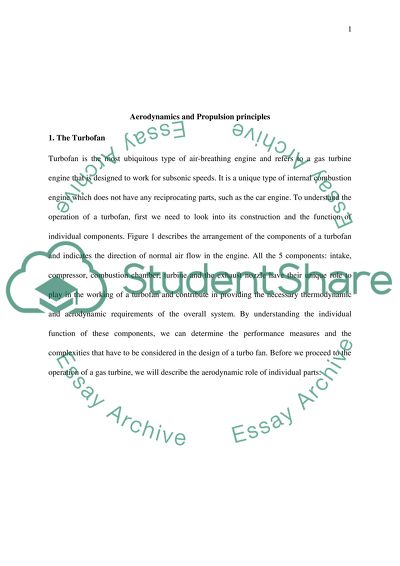Cite this document
(“Aerodynamics and Propulsion principles Coursework”, n.d.)
Retrieved from https://studentshare.org/physics/1422186-aerodynamics-and-propulsion-principles
Retrieved from https://studentshare.org/physics/1422186-aerodynamics-and-propulsion-principles
(Aerodynamics and Propulsion Principles Coursework)
https://studentshare.org/physics/1422186-aerodynamics-and-propulsion-principles.
https://studentshare.org/physics/1422186-aerodynamics-and-propulsion-principles.
“Aerodynamics and Propulsion Principles Coursework”, n.d. https://studentshare.org/physics/1422186-aerodynamics-and-propulsion-principles.


